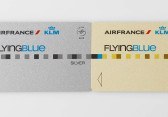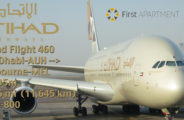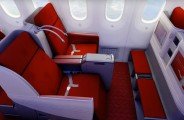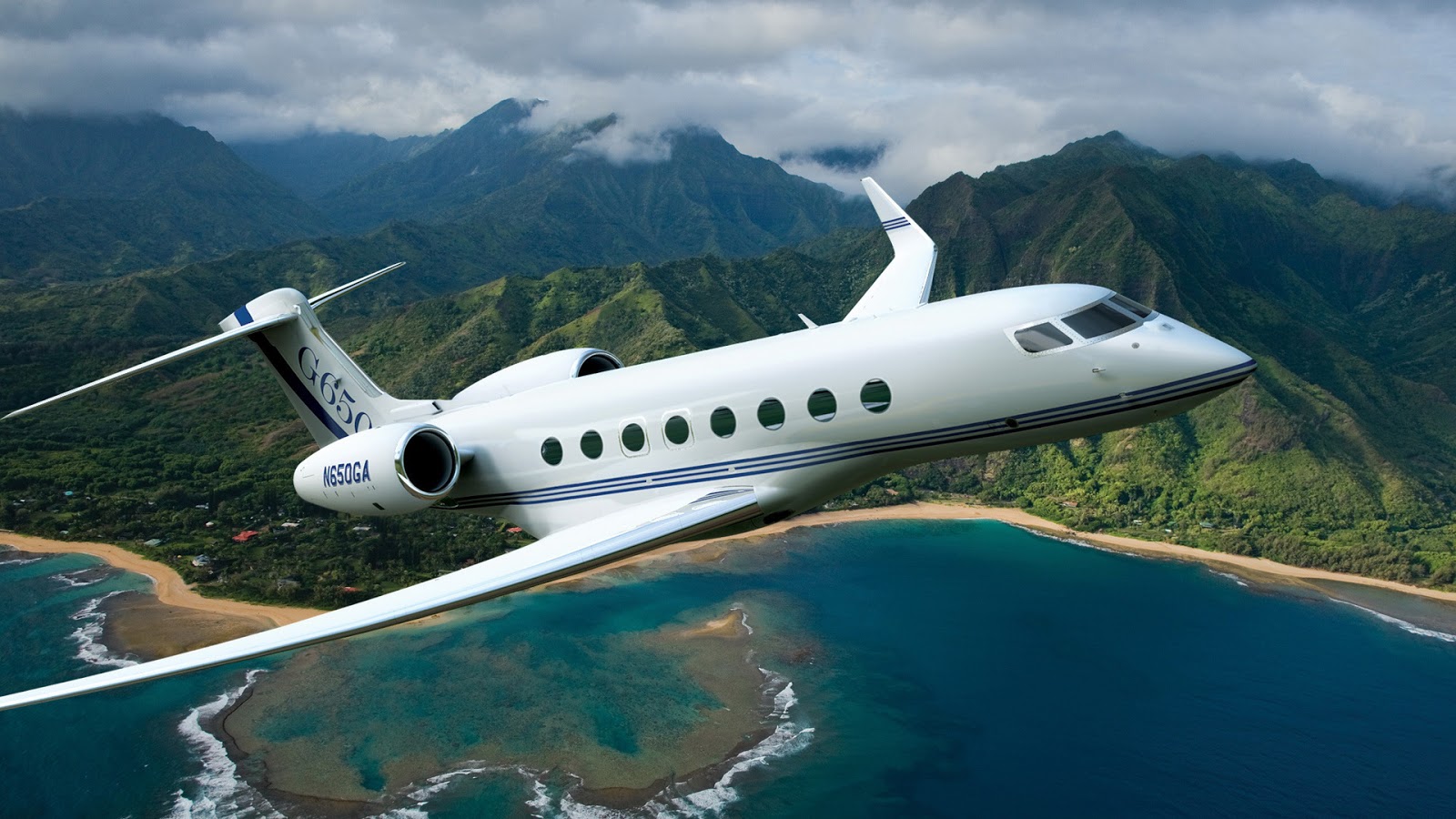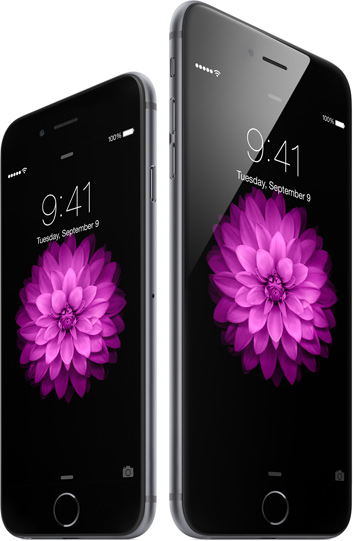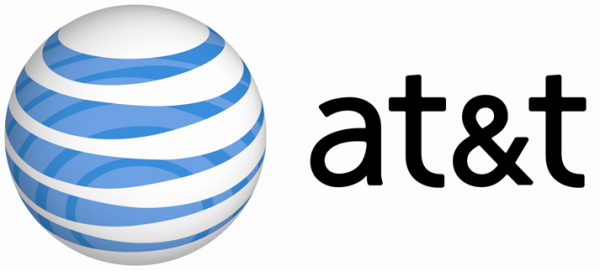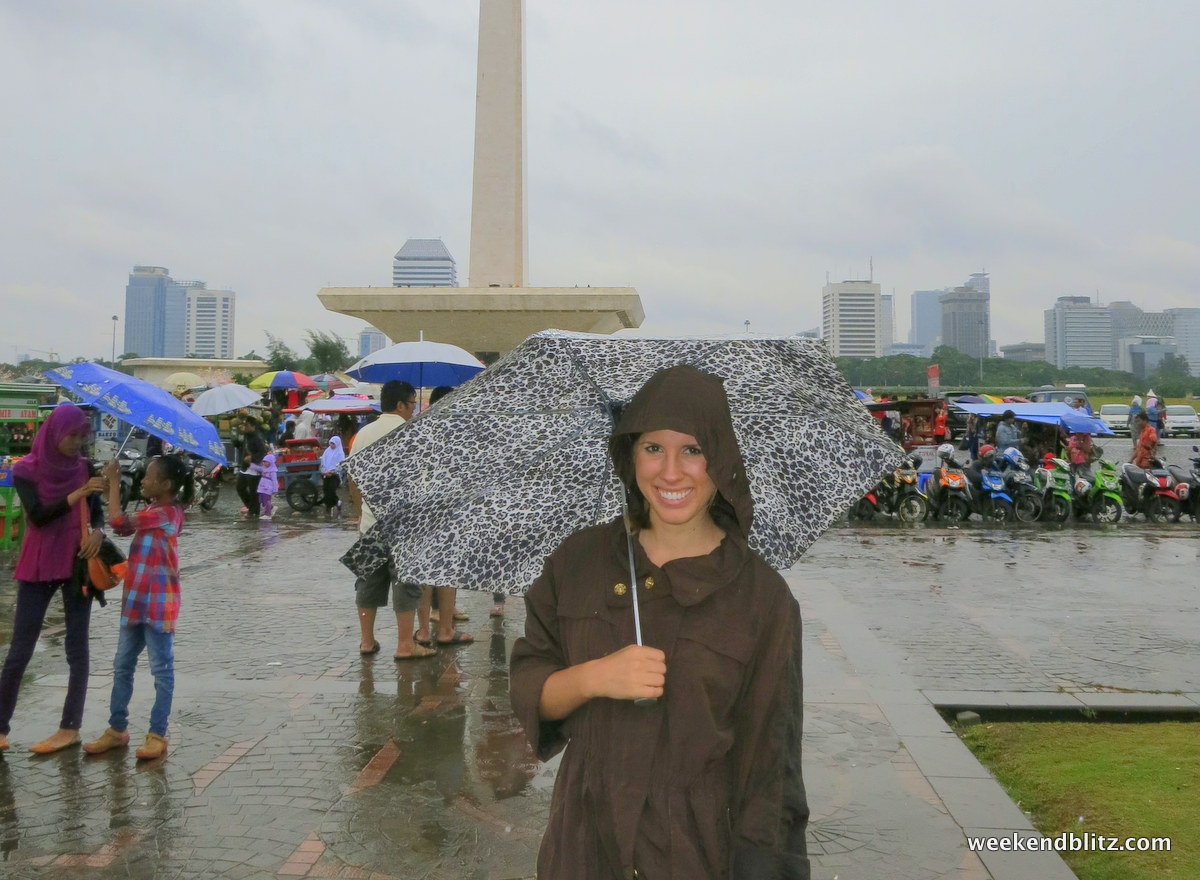How-to: Buy an “Unlocked” iPhone 6 for International Travel
The iPhone 6 mania is amongst us. That special time of the year where the overlords at Apple tell us what we’ll be spending our money on immediately. So, unless you’ve been living under a rock, you know that the iPhone 6 is out and that you want need to have it ASAP.
I was about to pledge my allegiance to Verizon for the next 2 years and renew my contract but wanted to have the flexibility to use my new smartphone abroad, possibly using a foreign carrier’s SIM card. So, my nagging question that I needed answered before getting my hands on the newest iGadget:
What’s the best iPhone 6 to get for international travel?
Is it possible to get an unlocked iPhone 6? If not, who’s the best U.S. carrier to get it from to increase the chances it can be used abroad?
Here’s the short and sweet version, mostly summarized from the great information found at Techwalls.com:
The TL;DR version of that chart (but c’mon, the chart was so short and simple!): The most versatile is the A1586 (4.7″ screen) or A1524 (5.5″ screen) model that is sold by Sprint, C Spire, US Cellular as it has the capability of being the most functional abroad. The downside is that Sprint, C Spire, US Cellular only sell locked versions of their phones with a 2-year contract, so you’ll be out of luck if trying to insert another company’s SIM card (there is a chance that you can get the phone unlocked after 90 days, but it doesn’t sound like it’s a guarantee). For me, that was a deal killer as I really wanted the option of using the phone with a foreign provider. The next best option is to purchase an unlocked iPhone 6 A1586 or A1524 on the open market, since Apple hasn’t started selling them unlocked yet. This, too, was a deal breaker for me as they’re $870+ on Amazon or as much as $1,167 on eBay (ships from Hong Kong or Sydney).
Comparisons by Cellular Provider
BEST: Sprint or U.S. Cellular A1586/A1524
Pros: Most versatile, you can get access to TD-LTE and TD-SCDMA bands which opens up use to basically every carrier in the world, this will prove to be especially useful in China
Cons: An unlocked version could cost between $870-$1,167. If you get the subsidized version from Sprint for $199, it will assuredly be locked and you won’t be able to use the phone with a foreign carrier abroad. Sure, you’ll be well connected when paying Sprint the $1.99/minute roaming rates but out of luck if you want to use an external SIM. There is a chance that Sprint will unlock the phone for you after 90 days. Even if you get it unlocked, you can’t activate it on Verizon in the future due to the “whitelisting” issue described below.
GREAT: Verizon A1549 (CDMA)/A1522 (CDMA)
Pros: UNLOCKED for foreign SIM cards (**probably**), while you’re missing out on the new TD-LTE bands, it’s still not that widespread and you’ll still have a very functional phone. You can get the 16GB iPhone 6 for $199 with a 2-year contract; you’ll get a “whitelisted” phone that is guaranteed to work on Verizon in the future.
Cons: Missing out on the TD-LTE bands, which might slow you down in China/Europe with some providers
GOOD: T-Mobile A1549 (GSM)/A1522 (GSM)
Pros: Because T-Mobile doesn’t make you lock into a contract, the phone will be UNLOCKED for foreign SIM cards, you’ll pay ~$27/month for 24-months for the base iPhone 6 instead; T-Mobile Simple Choice plan (our review of it here) is the best available for international roaming
Cons: You’ll be missing the TD-LTE bands and the CDMA bands, you wouldn’t have the option of moving this phone to Verizon (it won’t be on Verizon’s whitelist) or Sprint because the hardware is more limited
LEAST FLEXIBLE: AT&T A1549 (GSM)/A1522 (GSM)
Pros: If you’re an existing AT&T customer and want to stick with them while you’re in the U.S., this would be the easiest route
Cons: Same as the T-Mobile issues: you’ll be limited abroad since you’ll just have access to the GSM and FD-LTE bands, even the contract-free full-price iPhone 6’s will likely come locked, you’ll have to wait up to 60 days and then request an unlock code from AT&T here (Request a device unlock for your AT&T Mobile Devices (Phones and Tablets)) and hope that they honor it.
What are you missing by not having the full TD-LTE access? Is it worth it?
The following is a list of worldwide cellular network providers that have adopted the fast, new TD-LTE technology on some or all of their network. What does this mean? This is an indication of how valuable having the most capable iPhone 6 might be to you. It answers the question, is paying the full price of $870-$1,167 for the iPhone 6 model # A1586 (4.7″) / A1524 (5.5″) (offered by Sprint/U.S. Cellular in the US) worth it?
For example, the chart below tells you that if you get the Verizon or T-Mobile/AT&T phones and then go to Sweden and insert a SIM card from the cell provider “3”, you might not be getting access to the fastest speed internet that they offer because you won’t be able to tap into the TD-LTE bands. Does that mean that the service won’t work at all? In this case, no, not at all: you’ll still have service in Sweden because “3” also broadcasts the other LTE bands as well.
The one country that not having TD-LTE and TD-SCDMA will be rather limiting is China, so if China is a place you envision extensive use then you should probably jump through the hoops to secure the 1586 (4.7″) / A1524 (5.5″) model (offered by Sprint/U.S. Cellular in the US).
Africa
Algeria – Algerie Telecom
Ivory Coast – YooMee
Madagascar – Blueline
Nigeria – Spectranet
Nigeria – SWIFT
South Africa – Telkom / 8ta
Uganda – MTN
South America
Brazil – On Telecom
Brazil – SKY Brasil
Colombia – DirecTV
North America
Canada – ABC Communications
United States – Sprint (formerly Clearwire)
Asia
China – China Mobile
China – China Telecom
China – China Unicom
Hong Kong – China Mobile
India – Aircel
India – Airtel
Indonesia – PT Internux / Bolt
Japan – SoftBank
Philippines – Globe
Philippines – PLDT
Sri Lanka – Dialog
Sri Lanka – Lanka Bell
Sri Lanka – SLT
Europe
Belgium – b-lite
Poland – Aero2
Russia – MegaFon
Russia – MTS
Russia – Rostelecom
Russia – Vainakh Telecom
Spain – COTA / Murcia4G
Spain – NEO-SKY
Sweden – 3
United Kingdom – UK Broadband
United Kingdom – UK Broadband
Middle East
Bahrain – Menatelecom
Oman – Omantel
Saudi Arabia – Mobily
Saudi Arabia – STC
Saudi Arabia – Zain
Oceania
Australia – NBN Co
Australia – Optus
Vanuatu – WanTok
Wireless band specs
T-Mobile/AT&T – A1549 (GSM)/A1522 (GSM)
GSM: GSM/EDGE (850, 900, 1800, 1900 MHz)
LTE: Bands 1 (2100 MHz), 2 (1900 MHz), 3 (1800 MHz), 4 (AWS), 5 (850 MHz), 7 (2600 MHz), 8 (900 MHz), 13 (700c MHz), 17 (700b MHz), 18 (800 MHz), 19 (800 MHz), 20 (800 DD), 25 (1900 MHz), 26 (800 MHz), 28 (700 APT MHz) and 29 (700 de MHz)
Other: UMTS/HSPA+/DC-HSDPA (850, 900, 1700/2100, 1900, 2100 MHz)
Verizon/Cricket – A1549 (CDMA)/A1522 (CDMA)
GSM: (same as above) GSM/EDGE (850, 900, 1800, 1900 MHz)
LTE: (same as above) Bands 1 (2100 MHz), 2 (1900 MHz), 3 (1800 MHz), 4 (AWS), 5 (850 MHz), 7 (2600 MHz), 8 (900 MHz), 13 (700c MHz), 17 (700b MHz), 18 (800 MHz), 19 (800 MHz), 20 (800 DD), 25 (1900 MHz), 26 (800 MHz), 28 (700 APT MHz) and 29 (700 de MHz)
Other: (same as above) UMTS/HSPA+/DC-HSDPA (850, 900, 1700/2100, 1900, 2100 MHz)
CDMA: CDMA EV-DO Rev. A and Rev. B (with 800, 1700/2100, 1900 and 2100 MHz bands)
Sprint/C Spire/US Cellular – A1586/A1524
GSM: (same as above) GSM/EDGE (850, 900, 1800, 1900 MHz)
LTE: (same as above) Bands 1 (2100 MHz), 2 (1900 MHz), 3 (1800 MHz), 4 (AWS), 5 (850 MHz), 7 (2600 MHz), 8 (900 MHz), 13 (700c MHz), 17 (700b MHz), 18 (800 MHz), 19 (800 MHz), 20 (800 DD), 25 (1900 MHz), 26 (800 MHz), 28 (700 APT MHz) and 29 (700 de MHz)
Other: (same as above) UMTS/HSPA+/DC-HSDPA (850, 900, 1700/2100, 1900, 2100 MHz)
CDMA: (same as above) CDMA EV-DO Rev. A and Rev. B (with 800, 1700/2100, 1900 and 2100 MHz bands)
TD-SCDMA: Bands TD-SCDMA 1900 (F), 2000 (A).
TD-LTE: TD-LTE (Bands 38, 39, 40, 41 which are corresponding to frequencies 2600 Mhz, 1900 Mhz, 2300 Mhz and 2500 Mhz).
Summary
So, to summarize, if you’re looking for ease of use without having to wait, these are the 2 iPhone 6 models that come unlocked out of the box and will work in all countries around the world (with the exception of the TD-LTE band):
- Verizon Wireless A1549 CDMA (4.7″) or A1522 CDMA (5.5″)
- T-Mobile A1549 GSM (4.7″) or A1522 GSM (5.5″)
My Ultimate Decision
I ended up getting the Verizon Wireless A1549 CDMA (4.7″) model for a few reasons:
- Verizon Wireless coverage is much better than T-Mobile in the areas that I live and travel within the U.S.
- I was due for an upgrade and didn’t have to deal with the hassle of porting my number to T-Mobile
- While I like the T-Mobile Simple Choice Plan for traveling internationally (it gives you unlimited data and texting while abroad for free and all voice calls are just $0.20/min), the whole point of securing an unlocked world phone is being able to use a foreign providers’ SIM cards and avoid paying the roaming fees at all
- The Verizon iPhone 6 can be switched to the T-Mobile network at anytime whereas the T-Mobile iPhone 6 cannot be transferred to the Verizon network because Verizon only authorizes the serial numbers of the iPhones that originate on their service.
- The Verizon model is GSM, LTE and CDMA capable, giving me many more options when traveling abroad
Don’t forget:
- All carriers use a different model number; you will have to cross reference the table and information found at Tech Walls to verify the model you are getting: Tech Walls – Differences between iPhone 6 Models (A1549, A1586, A1522 and A1524)
- For example, the Verizon Wireless A1549 CDMA (4.7″) comes in 3x colors and in 3x memory sizes for a total of 9 possible models. So, if you go to the Verizon or Apple website and order, you’ll see that you’re getting MG5Y2LL/A, MG5W2LL/A or MG612LL/A, etc… and want to double check to verify that that model is in fact the A1549 CDMA.




